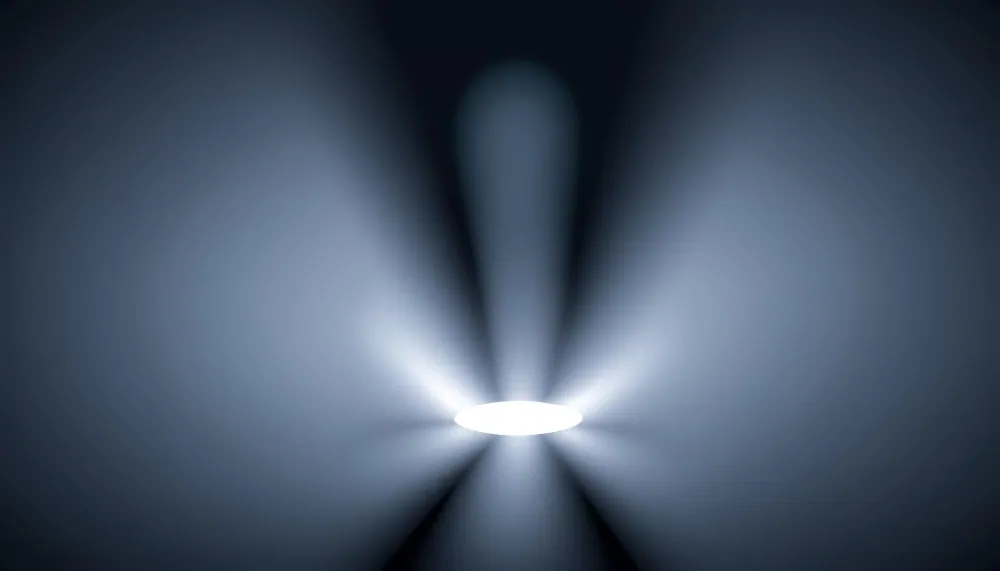A white hole in space, as its name suggests, serves as the antithesis to a black hole.
This hypothetical celestial occurrence is characterized by the emission of energy.
In contrast to black holes, where all matter that crosses the event horizon vanishes forever, White Hole in Space explosively expel all the matter that was initially absorbed by a black hole.
White Hole in Space
It is crucial to emphasize that this concept remains purely theoretical, devoid of any concrete evidence supporting the existence of white holes within the universe.
Nevertheless, both black holes and White Hole in Space share analogous mathematical and geometric properties, as they are conceived as theoretical opposites of one another.

Comprehending white holes requires transcending conventional physical intuition.
These enigmatic entities are rooted in the principles of general relativity, the same theory that elucidates the universe’s expansion.
General relativity, as a whole, is a challenging concept to grasp without delving into mathematics.
This underscores the complexity of conveying such ideas without resorting to mathematical language.
While this complexity should not deter our efforts to explain these concepts, it does indicate that initial attempts may fall short.
Many astute individuals invest considerable effort in conveying the concepts of general relativity without relying on the theory’s underlying mathematics.
However, this is an exceptionally demanding task and typically necessitates an in-depth understanding of the theory, a level of comprehension I do not profess to possess.
To distill the essence of the matter, a white hole is a theoretical construct that releases matter and energy in a manner reminiscent of a black hole’s absorption of matter and energy.
It is important to reiterate that white holes have yet to be observed, existing as potential solutions within Einstein’s field equations.
However, their theoretical existence does not inherently validate their actuality or the existence of any real-world instances.
White holes present a perplexing challenge to the second law of thermodynamics, as they appear to decrease entropy.
Some have even proposed the intriguing idea that the Big Bang could be a manifestation of a white hole, ejecting all matter and energy in one colossal event.
The Big Bang itself remains a fundamental enigma, lacking an established theory explaining its cause.
At this stage, it could be just as valid to consider it a white hole as any other hypothesis.
Likewise, the question arises: if black holes continuously draw matter in, why hasn’t everything in the universe succumbed to a single massive black hole, assuming the universe has existed eternally?
This suggests the existence of underlying phenomena yet to be fully comprehended.
One intriguing proposition posits that matter consumed by black holes may reemerge through white holes or perhaps originate from a separate spacetime event, such as a parallel big bang.
What Would a White Hole Look Like?
A white hole is essentially the inverse counterpart of a black hole.
While a black hole is a region where matter can be lost from the universe, a white hole, if it could exist with any matter inside (though this is highly doubtful), would be a place from which matter emerges into the universe.
This concept bears certain similarities to the singularity associated with the Big Bang, although there are distinct differences, primarily the absence of anything preceding the Big Bang.
Physicists have accumulated substantial evidence confirming the existence of black holes.
However, no concrete evidence supports the existence of white holes, and the scientific community generally does not believe in their existence.
The Second Law of Thermodynamics stipulates that the entropy of an isolated system cannot decrease.
Interestingly, mathematical calculations suggest that white holes could potentially lead to a decrease in entropy.
This presents a fascinating theoretical puzzle.
Imagine a connection between a black hole and a white hole, where anything entering a black hole would subsequently emerge from a white hole.
For example, an object, like a mobile phone, entering a black hole would undergo a transformation, becoming a thin line of atoms, only to reappear as a fully intact mobile phone when exiting the white hole.
While such a scenario appears implausible, the universe has a penchant for surprising us, so the existence of white holes cannot be entirely ruled out.
Moreover, white holes are theorized to be the time-reversed counterparts of black holes.
Karl Schwarzschild’s solution to the Einstein Field Equations reveals that inside a black hole, time and space exchange roles.
Space converges inward toward the black hole’s singularity, creating a unidirectional, time-like dimension, while time adopts a space-like nature, allowing traversal in any direction.
For an observer who falls into a black hole and somehow survives, below them lies the “past” of the black hole, encompassing all matter that entered the black hole before them, culminating in the singularity (the collapsed star).
Above them lies the “future” of the black hole, comprising everything that falls in afterward.
Nonetheless, because every facet of the observer’s future light cone converges toward the singularity, the singularity effectively becomes their future.
Considering white holes as time-reversed black holes implies that the singularity, instead of being a future event for an observer, becomes a past event in this peculiar scenario.
Read Also
Which Planet Rains Rubies and Sapphires




